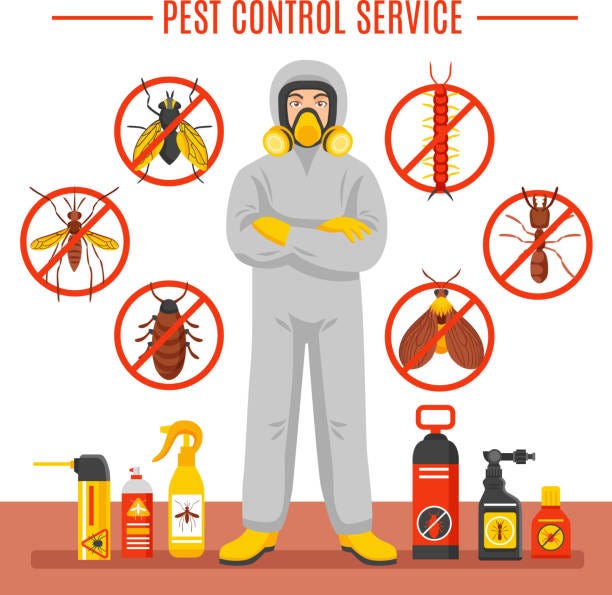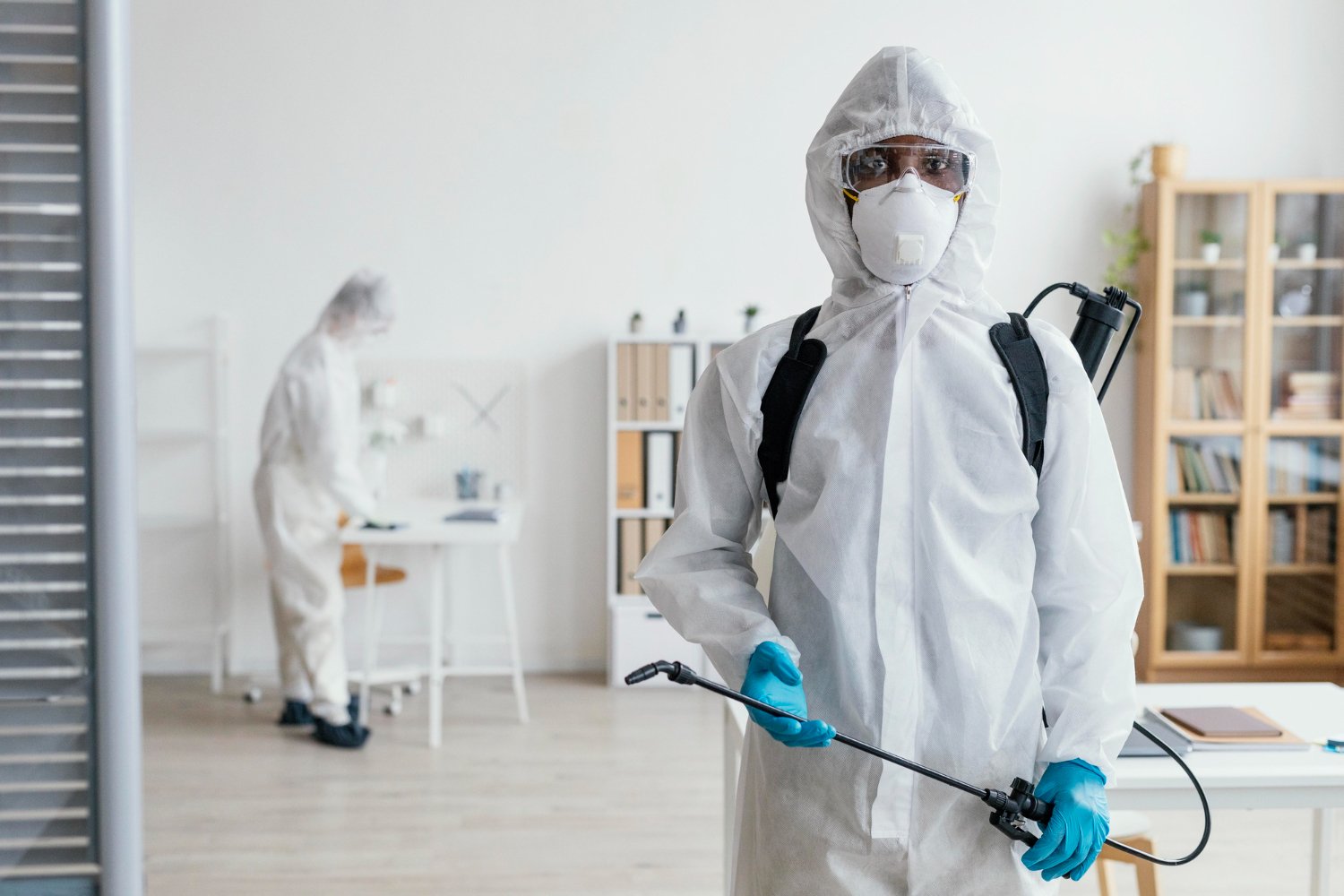Bed Insect Therapy Malfunction: Contrasting Chemical Vs. Non-Chemical Solutions
In the world of bug control, especially when dealing with the persistent issue of bed bugs, the selection in between chemical and non-chemical treatment options can be a critical one. Both techniques use distinct benefits and drawbacks, influencing variables such as effectiveness, safety considerations, and general cost. By analyzing the nuanced information of each technique, a more clear understanding of which course to pursue in dealing with a bed insect invasion can be obtained.
Effectiveness of Chemical Treatments
Chemical treatments for bed bug infestations have been commonly acknowledged for their powerful and rapid effectiveness in removing these bugs. When considering the performance of chemical treatments, it is essential to understand that they can provide a quick and complete service to a bed insect trouble. Specialist pest control specialists typically depend on pesticides to target bed pests at various phases of their life cycle, including eggs, nymphs, and adults. These chemicals normally function by interrupting the bed insects' nerves, causing paralysis and eventual death.
Additionally, chemical therapies have the advantage of supplying residual impacts, implying that they can proceed to eliminate bed bugs even after the first application. This residual action is specifically valuable in combating any type of potential re-infestations. Additionally, the quick action of chemical therapies can bring relief to individuals encountering severe bed pest invasions, permitting them to regain control of their space promptly.
Security Interest In Chemical Solutions
When using chemical services for bed bug treatment is making certain the safety of occupants and the environment,One essential element that calls for mindful factor to consider. While chemical therapies can be reliable in getting rid of bed bugs, they might present dangers if not handled appropriately. One of the primary safety worry about chemical services is the prospective injury they can cause to human health. Direct exposure to specific chemicals utilized in bed bug therapies can result in respiratory system concerns, skin inflammation, or other negative responses, specifically in individuals with pre-existing conditions or level of sensitivities. Additionally, improper application or dosage of chemical pesticides can cause harmful deposits remaining in the treated location, positioning long-term health dangers to occupants.
In addition, the environmental effect of chemical services is another considerable factor to consider. Some chemicals used in bed insect treatments might be dangerous to advantageous pests, wild animals, and ecological communities if they leach into the dirt or water supply. It is important to make use of chemical therapies sensibly, complying with safety and security standards, and considering less hazardous choices to minimize these risks and make sure the secure and effective monitoring of bed bug infestations.
Benefits of Non-Chemical Methods
Considering the potential safety and security worries and ecological effect associated with chemical solutions for bed insect treatment, checking out non-chemical approaches presents a promising choice with several distinctive advantages. Non-chemical therapies are eco friendly, as they do not add to air or water contamination, making them a lasting choice for pest control.
In addition, non-chemical services can be reliable in targeting bed insects, consisting of hard-to-reach locations where chemical treatments might not permeate. Techniques such as heat therapy, vacuuming, steam cleaning, and cushion encasements give thorough obliteration without making use of dangerous chemicals. In addition, non-chemical strategies can be less turbulent, needing minimal preparation and permitting quicker reentry into dealt with areas. Generally, opting for non-chemical bed insect therapy techniques not just prioritizes security and ecological defense but likewise makes certain detailed and efficient bug control.
Limitations of Non-Chemical Treatments

In addition, non-chemical therapies frequently need multiple applications to achieve successful elimination. This can be time-consuming and might not constantly assure complete elimination of all bed pests and their eggs, particularly in hard-to-reach or covert areas.
Moreover, the success of non-chemical treatments heavily depends on appropriate application and thoroughness, which can be testing for individuals without professional knowledge. Insufficient application of non-chemical techniques might result in incomplete elimination, causing consistent invasions and the demand for additional treatments.
For that reason, while non-chemical treatments have their advantages, it is important to recognize these constraints and consider them when identifying the most efficient method for taking care of bed insect invasions.
Expense Comparison: Chemical Vs. Non-Chemical Options
Provided the restrictions linked with non-chemical treatments, an important facet to examine in the context of bed pest monitoring is the price contrast between chemical and non-chemical alternatives. In comparison, non-chemical therapies like warmth treatment or heavy steam can be much more expensive, with expenses varying from $1,000 to $6,000 for a whole home. While the initial expense of chemical therapies might seem lower, several treatments might be needed to totally get rid of the problem, possibly increasing the overall cost.
Conclusion

Taking into consideration the prospective safety and security problems and ecological impact linked with chemical services for bed pest treatment, checking out non-chemical techniques offers an appealing option with several distinct benefits.Provided the restrictions associated with non-chemical treatments, a vital element to evaluate in the context of bed insect monitoring visit our website is the price contrast between chemical and non-chemical choices. In contrast, non-chemical therapies like warmth treatment or steam can be a lot more pricey, with expenses ranging from $1,000 to $6,000 for a whole home. While the initial expense of chemical therapies may seem reduced, numerous treatments might be needed to completely remove the invasion, possibly boosting the overall expense.In final thought, when comparing chemical and non-chemical bed bug therapy options, it is important to take into consideration performance, security, advantages, limitations, and price.